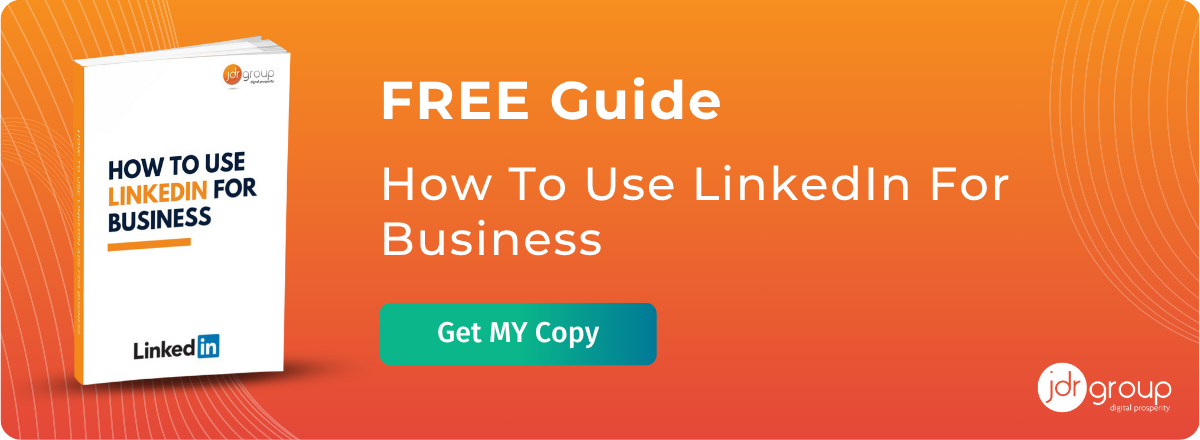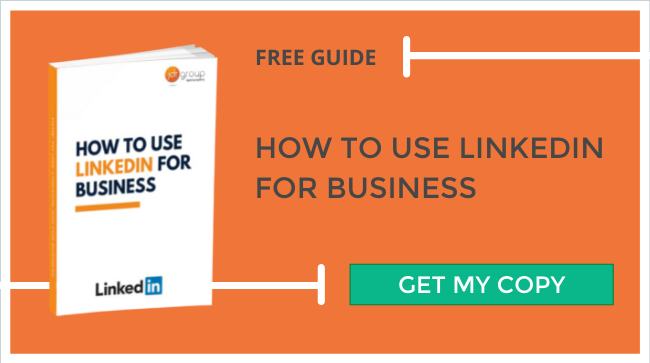Show Them What You’ve Got! Types Of LinkedIn Ads & How To Use Them
by Will Williamson on 21-Feb-2022 10:00:00
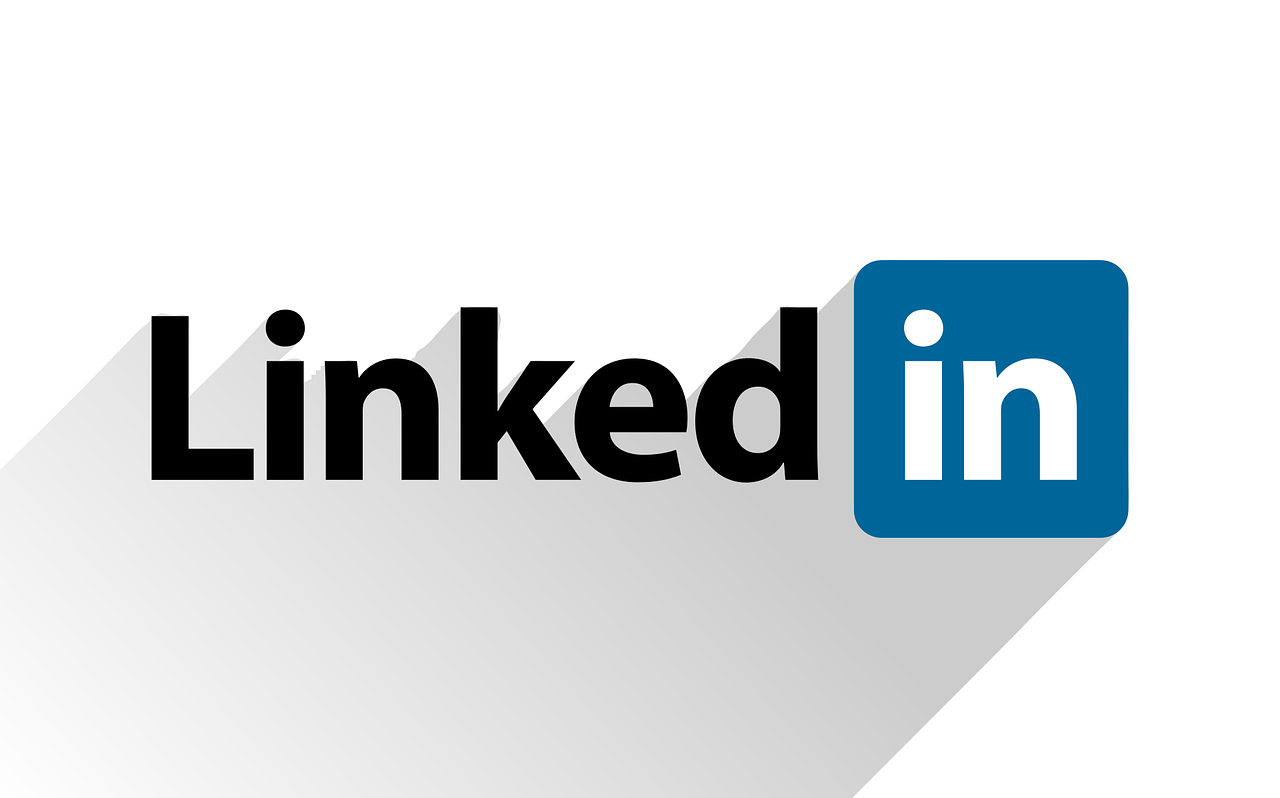
LinkedIn is the best social media platform for businesses to advertise online for B2B sales and marketing. As a ready-made business network with thousands of decision-makers using the platform every day, LinkedIn adverts can get your content in front of your target customers quickly and cheaply, even if you only have a modest LinkedIn presence or are not particularly active on the platform.
There are several paid LinkedIn ad types to choose from.
All are good, but some work better in different contexts and for different purposes. In this article, we provide an overview of the six most popular types of LinkedIn advert, with pros, cons, and applications for each. Let’s go:
1) Text ads
Text ads are a fast and effective lead generation tool, taking minutes to set up and capable of fine tuning to reach niche audiences in your sector. Text adverts appear in the right-hand column of the prospect’s dashboard, and your message can include up to 100 characters – 25 for the title and 75 for the content. Text ads are short, hard-hitting, and to-the-point.
Ad formats: Text with an optional 50x50px thumbnail image – choose from square, tall, horizontal, or long format
Applications: Text ads are the perfect online advertising solution for SMEs with a small budget and limited time to spend on online marketing – and always hit above their weight in terms of results.
Pros:
- Low cost per click (CPC)
- Define your marketing objectives (whether the advert is intended to cultivate awareness, consideration, or conversions) and budget
- Target the decision-makers you want to reach by location, company size, demographics, interests, job experience, role, seniority etc
- Convey special offers and promotions through concise, punchy text messages (text ads can be used for any purpose)
- Keep track of your spend by analysing and monitoring results to optimise your campaign
Cons:
- Low conversion rate – best for awareness and consideration
- Low click through rate (CTR) – one case study we read about had a CTR of just 0.009%[1], although in our experience the average CTR is much higher than this.
2) Sponsored InMail
InMails are direct private messages, like emails, to individual LinkedIn subscribers you’re not connected with. You can’t send InMails at all with a free account – you can only message your connections – but with a premium account you get five monthly credits to send InMails to 2nd level connections. InMails are great because you get to bypass all the normal LinkedIn networking and advertising channels and land messages directly in someone’s inbox. But there’s a catch: you can only send messages individually, not in bulk.
Sponsored InMail, however, is a paid messaging service accessed through LinkedIn Advertising, that lets you target a group of subscribers simultaneously with the same message. The nuts and bolts of creating a Sponsored InMail is the same as a standard InMail. It’s unsolicited email marketing conducted through LinkedIn, without you having to know the prospect’s email address – as it goes through their LinkedIn profile.
Sponsored InMails are a powerful way of getting to the front of the queue with key decision-makers but should be approached with caution.
Ad formats: Text (up to 1000 characters for the body content), CTA button, and optional banner ad and Lead Gen Form
Applications: Send marketing InMails to multiple recipients, over and above your standard InMail credits, and monitor your results. It’s a good way to make contact with high-value leads you may have failed to reach by other means, and for promoting gated downloadable content, such as your new e-book or webinar.
Pros:
- Up to 3 times as effective as regular email marketing[2].
- Promote your business directly to a narrow audience at a time they are most likely to be checking messages (The best time to send an InMail is, according to LinkedIn, between 9 and 10 AM Monday to Fridays[3].)
- High level of personalisation to encourage engagement and conversions.
- People spend more time on social media apps these days, giving a good open rate of 35 to 50%[4].
- Variable campaigns of 300 to 10,000 contacts.
- Upload a CSV email list to contact prospects through their LinkedIn account.
Cons:
- All Sponsored InMails come with a ‘sponsored’ tag, which may deter some recipients.
- Some people view unsolicited InMails as spam – for this reason LinkedIn has an ‘anti-fatigue’ limit of one Sponsored InMail per user every 45 days[5].
- InMails are delivered in real-time but only made available when the user logs in, so aren’t great for contacting infrequent LinkedIn users.
3) Sponsored Content
Sponsored Content appears within a LinkedIn user’s feed, among their self-selected content, in a similar way to Facebook adverts. It is an effective but unobtrusive way of promoting your events, products, services, or initiatives, and users can engage with your advert in the same way they would with other content in their feed. Sponsored Content can be combined with Lead Gen Forms (see below) to build your contact database.
Sponsored Content appears on your own page as well as that of your target audience. This is an important point – see Direct Sponsored Content below.
Ad formats:
There are several ad formats available for sponsored content:
- Single image – uses a single 200px+ image, accompanied by a short text message (70 characters title + 150 characters content)
- Carousel image – uses a scrolling sidebar of 2 to 10 images
- Video ad – posts a video to the user’s newsfeed that autoplays when he or she scrolls past it
- Follower ad- used to promote your LinkedIn company page, customising the content using the user’s profile data. Intended to build your LinkedIn company follower base.
- Spotlight ad – a type of Dynamic Ad (see below) that is personalised to each user and includes a link to an external landing page or website. Appears on desktop feeds only.
Applications: Build brand awareness, promote specific initiatives and events, draw attention to your business, generate leads through targeted CTAs.
Pros:
- Looks like a standard LinkedIn update – encourages engagement from people who may avoid other adverts
- Promote your business and company page without a hard sell
- Easily create and edit sponsored content in minutes
- Appears in the user’s feed so difficult to ignore
- Customisable to your marketing objectives
- Targetable to a narrow audience
Cons:
- In busy feeds your content may become lost before the user has a chance to see it, so publication timing is crucial.
4) Direct Sponsored Content
Direct Sponsored Content is similar to Sponsored Content and from a recipient’s perspective appears indistinguishable. The difference is that the content appears directly in the target user’s feed but not on your LinkedIn page. This avoids cluttering your own feed with page updates and means your current followers won’t necessarily see the content (unless, of course, they are also on your advertising list).
Ad formats: Same as for sponsored content, but single image adverts are the most popular.
Applications: Businesses use direct sponsored content to reach out to non-followers, and also to test different types of content or messaging strategies without these appearing in their feed.
Pros:
- Allows you to send very specific messages to tightly defined audiences
- Build your LinkedIn follower base
Cons:
- The content is seen by an ‘external’ audience only
5) Lead Gen Forms
Lead Gen Forms are customisable contact forms that can be used with Sponsored Content and Sponsored InMail. They allow prospects to sign up for services or promotional email lists, or access gated content directly from your Sponsored Content or message ad. Each form can be customised with the data fields you need to collect useful leads, including name, email address, job title and so on. On clicking the signup link in your advert, users are taken to a pre-filled form with information drawn from their LinkedIn profile – saving them time and increasing your conversion rate. Leads can be accessed through LinkedIn Campaign Manager and downloaded or imported into your CRM.
6) Dynamic ads
Dynamic ads are small, individually personalised adverts based on the target user’s profile information. Your adverts appear on the right-hand side of the user’s browser page, and usually feature the user’s own profile picture next to an image – often your company logo – some brief CTA copy and a link to enable the user to find out more. The link may lead to a LinkedIn Lead Gen Form, a gated content download page, to your LinkedIn company page, or an external landing page or website.
Ad formats: Dynamic ads are available in Follower ad and Spotlight ad formats and can also be used by recruiters as Job ads to promote available roles.
Applications: Dynamic ads can be used to expand your LinkedIn following, increase sign-ups for incentive gated content, and boost traffic to your website.
Pros:
- Excellent engagement potential as the content is personalised to individual profiles
- Detailed targeting by location, industry, education, experience level etc
Cons:
- Dynamic ads appear on desktop browsers only, so will not reach mobile users. For this reason, dynamic ads should be timed for when the target audience is likely to be at work, at their desk.
Managing your online advertising campaigns
LinkedIn adverts are fairly straightforward to set up, but managing a campaign takes time and you need to be consistent and targeted to get the best ROI. Agencies like JDR or here to make the process quicker and easier for you, by ensuring you have the resources available to maximise your returns from LinkedIn advertising. For a free introduction to making B2B sales on LinkedIn, please download a copy of our How To Use LinkedIn For Business Guide.
For any other enquiries, or if you’d like to know how to create a LinkedIn ad campaign for your business, please call one of our inbound marketing specialists today on 01332343281.
Image Source: Pixabay
[1] LinkedIn Text Ads Best Practice: Case Study (hallaminternet.com)
[2] https://www.linkedin.com/business/talent/blog/product-tips/stats-that-will-help-you-write-better-linkedin-inmails
[3] 9 Stats That Will Help You Write Better LinkedIn InMails
[4] https://emfluence.com/blog/use-linkedin-sponsored-inmail-next-campaign#gref
[5] https://business.linkedin.com/content/dam/me/business/en-us/marketing-solutions/resources/pdfs/Getting-Started-Guide-LinkedIn-Message-Ads-01.pdf
- Inbound Marketing (SEO, PPC, Social Media, Video) (824)
- Strategy (363)
- Sales & CRM (195)
- Marketing Automation & Email Marketing (190)
- Business Growth (164)
- Website Design (160)
- Hubspot (138)
- Lead Generation (115)
- Google Adwords (98)
- Content Marketing (94)
- Conversion (48)
- Case Studies (47)
- News (47)
- Ecommerce (39)
- Webinars (34)
- SEO (24)
- AI (20)
- Events (19)
- Video (17)
- LinkedIn Advertising (15)
- Video Selling (15)
- Software training (13)
- Niche business marketing (11)
- The Digital Prosperity Podcast (10)
- Facebook Advertising (6)
- HubSpot Case Studies (5)
- December 2025 (10)
- November 2025 (6)
- October 2025 (17)
- September 2025 (16)
- August 2025 (14)
- July 2025 (14)
- June 2025 (5)
- May 2025 (19)
- April 2025 (15)
- March 2025 (13)
- February 2025 (13)
- January 2025 (8)
- December 2024 (2)
- November 2024 (4)
- October 2024 (21)
- September 2024 (4)
- August 2024 (8)
- July 2024 (14)
- June 2024 (16)
- May 2024 (25)
- April 2024 (15)
- March 2024 (18)
- February 2024 (5)
- January 2024 (10)
- December 2023 (6)
- November 2023 (10)
- October 2023 (13)
- September 2023 (12)
- August 2023 (14)
- July 2023 (13)
- June 2023 (14)
- May 2023 (15)
- April 2023 (13)
- March 2023 (14)
- February 2023 (13)
- January 2023 (15)
- December 2022 (13)
- November 2022 (6)
- October 2022 (8)
- September 2022 (22)
- August 2022 (15)
- July 2022 (13)
- June 2022 (16)
- May 2022 (14)
- April 2022 (16)
- March 2022 (17)
- February 2022 (11)
- January 2022 (8)
- December 2021 (6)
- November 2021 (7)
- October 2021 (11)
- September 2021 (10)
- August 2021 (7)
- July 2021 (7)
- June 2021 (4)
- May 2021 (4)
- April 2021 (1)
- March 2021 (3)
- February 2021 (5)
- January 2021 (4)
- December 2020 (7)
- November 2020 (6)
- October 2020 (5)
- September 2020 (9)
- August 2020 (18)
- July 2020 (17)
- June 2020 (17)
- May 2020 (10)
- April 2020 (21)
- March 2020 (24)
- February 2020 (21)
- January 2020 (12)
- December 2019 (23)
- November 2019 (12)
- October 2019 (14)
- September 2019 (16)
- August 2019 (15)
- July 2019 (13)
- June 2019 (6)
- May 2019 (8)
- April 2019 (4)
- March 2019 (2)
- February 2019 (2)
- January 2019 (2)
- December 2018 (3)
- November 2018 (24)
- September 2018 (11)
- August 2018 (9)
- June 2018 (3)
- May 2018 (6)
- April 2018 (14)
- March 2018 (12)
- February 2018 (16)
- January 2018 (15)
- December 2017 (15)
- November 2017 (18)
- October 2017 (23)
- September 2017 (19)
- August 2017 (28)
- July 2017 (27)
- June 2017 (25)
- May 2017 (18)
- April 2017 (17)
- March 2017 (16)
- February 2017 (17)
- January 2017 (14)
- December 2016 (21)
- November 2016 (27)
- October 2016 (25)
- September 2016 (16)
- August 2016 (20)
- July 2016 (19)
- June 2016 (14)
- May 2016 (20)
- April 2016 (24)
- March 2016 (22)
- February 2016 (28)
- January 2016 (27)
- December 2015 (28)
- November 2015 (19)
- October 2015 (9)
- September 2015 (12)
- August 2015 (5)
- July 2015 (1)
- June 2015 (10)
- May 2015 (3)
- April 2015 (11)
- March 2015 (14)
- February 2015 (15)
- January 2015 (12)
- December 2014 (2)
- November 2014 (23)
- October 2014 (2)
- September 2014 (2)
- August 2014 (2)
- July 2014 (2)
- June 2014 (7)
- May 2014 (14)
- April 2014 (14)
- March 2014 (7)
- February 2014 (2)
- January 2014 (7)
- December 2013 (9)
- November 2013 (14)
- October 2013 (17)
- September 2013 (3)
- August 2013 (6)
- July 2013 (8)
- June 2013 (4)
- May 2013 (3)
- April 2013 (6)
- March 2013 (6)
- February 2013 (7)
- January 2013 (5)
- December 2012 (3)
- November 2012 (2)
- September 2012 (1)
Subscribe by email
You May Also Like
These Related Blogs
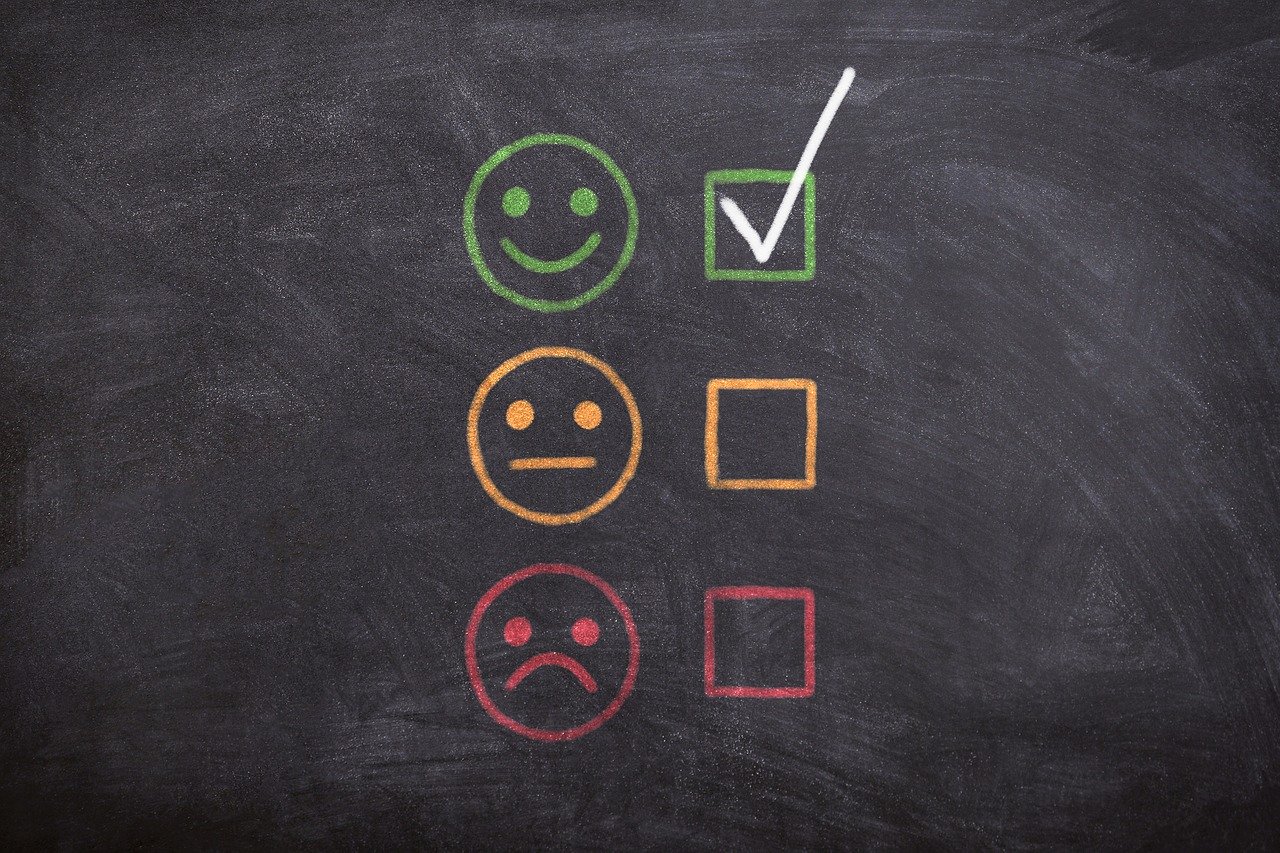
The 6 Benefits of Customer Testimonials & How To Ask For Them
It is hard to overestimate the value of word-of-mouth recommendations for businesses. People trust recommendations by their friends and associates muc …
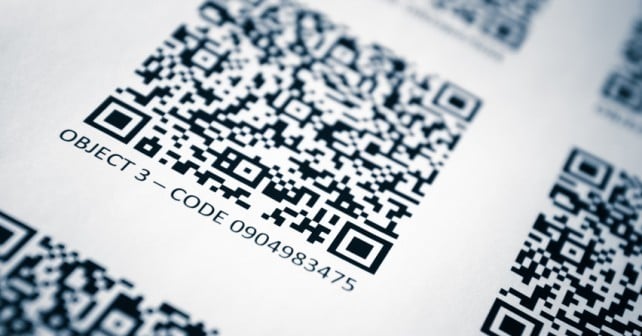
What Are QR Codes And How Can You Benefit From Them As A B2B Business?
You may have seen or heard about QR codes, but what are they and how can they benefit your B2B business? They've been around for a while now, so if yo …
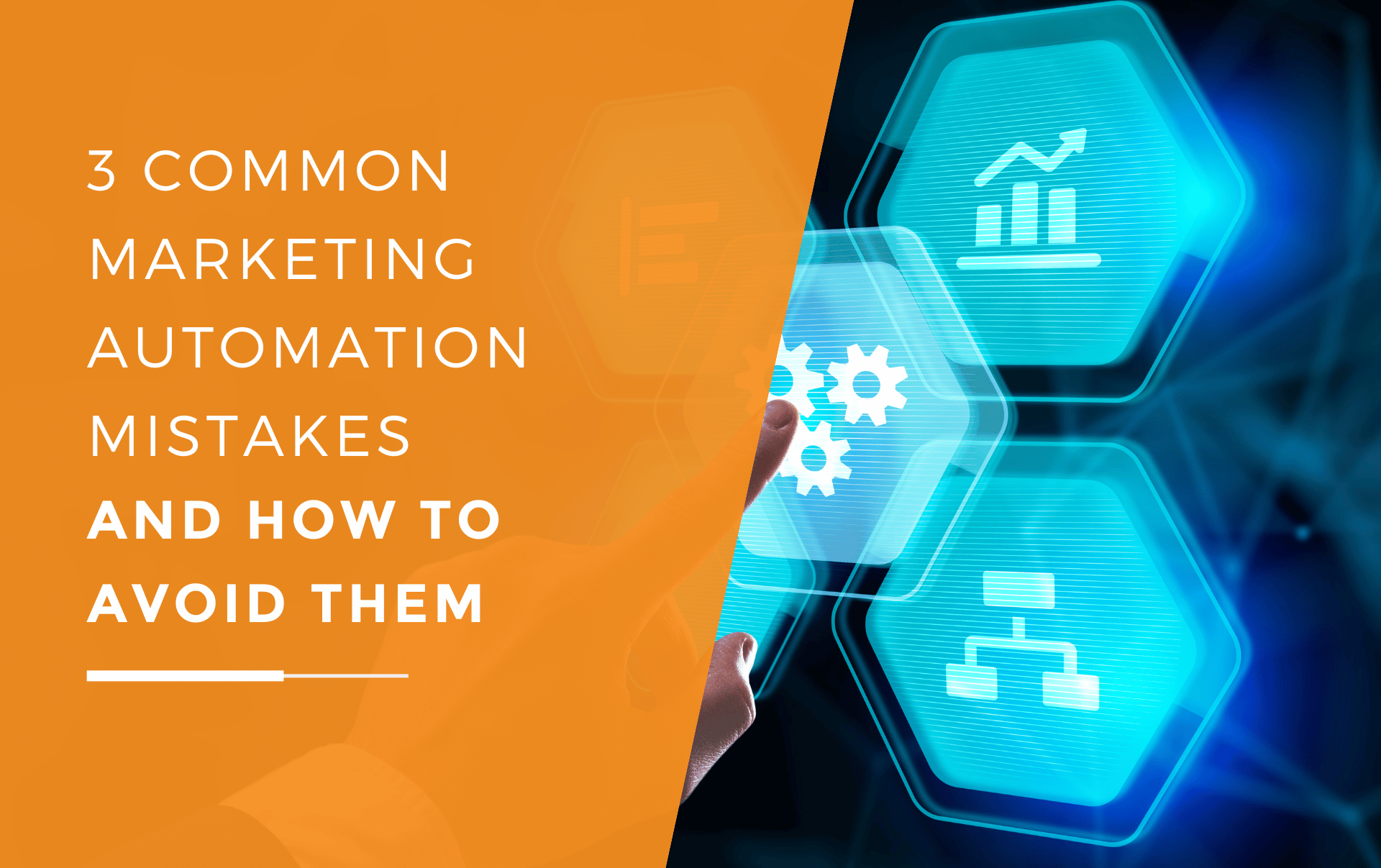
3 Common Marketing Automation Mistakes and How to Avoid Them
Everything about marketing automation is designed to make business’s lives easier, saving crucial time and money and boosting productivity. However, d …



